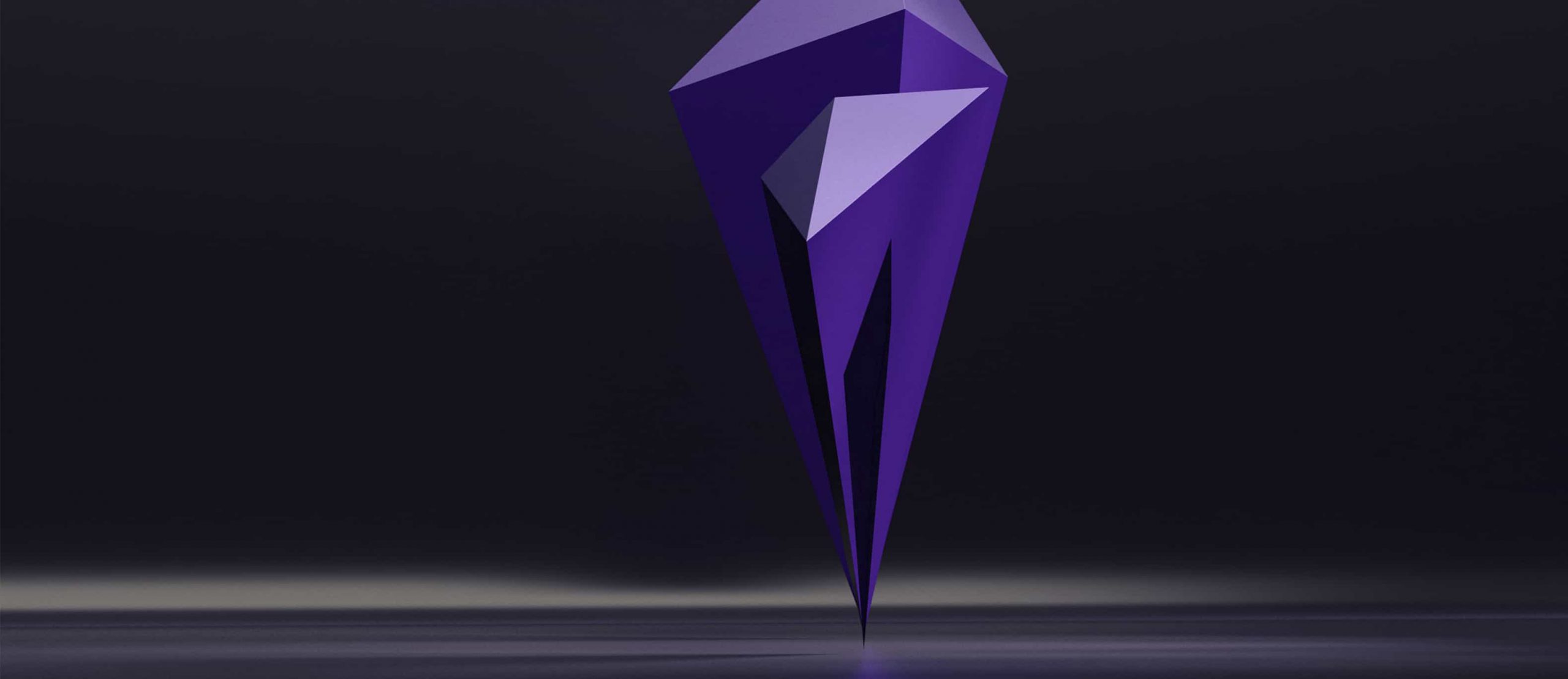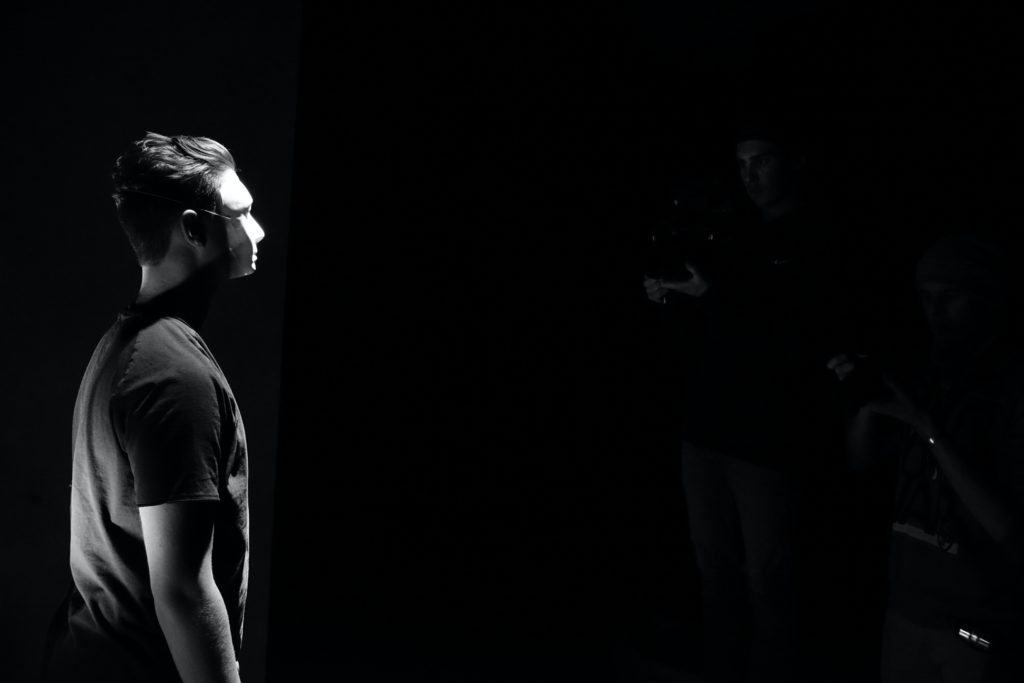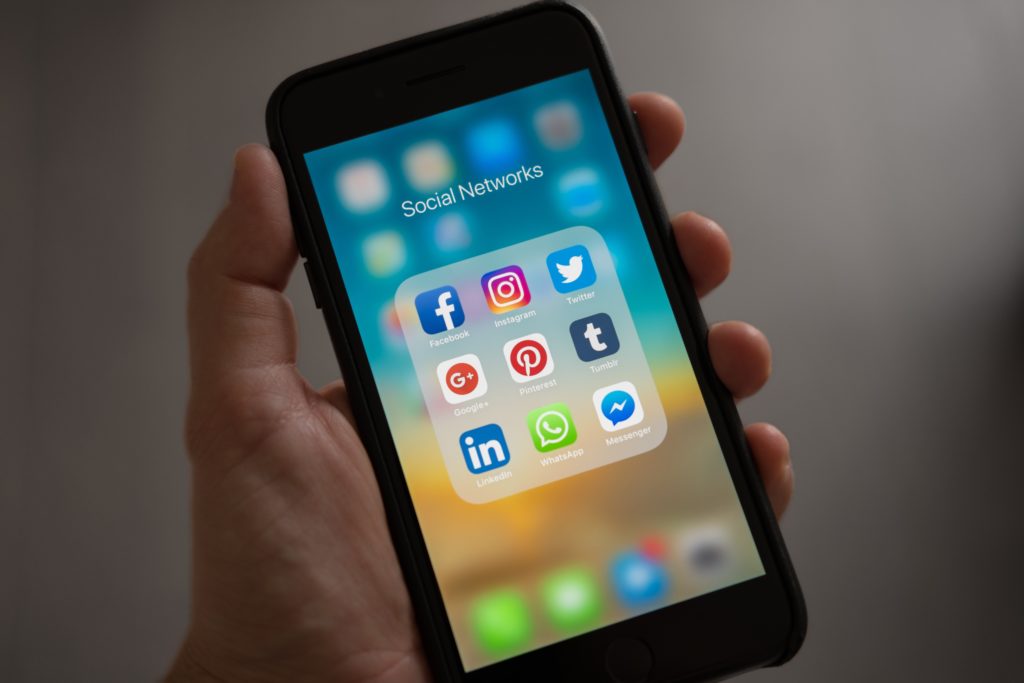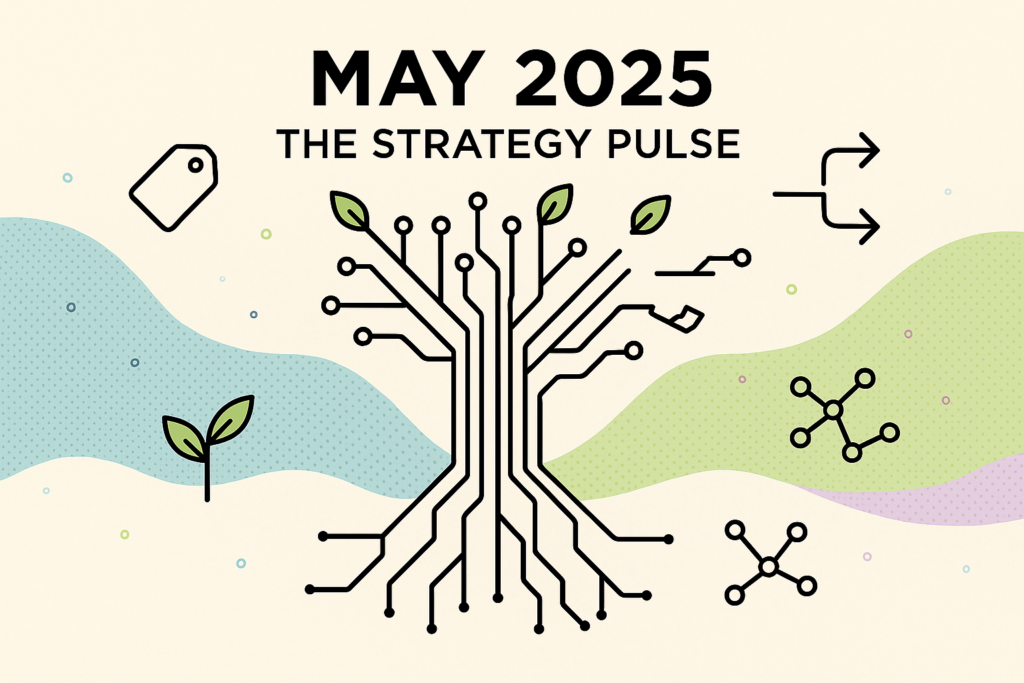Month: May 2022

Market research trends for 2022
Market research trends for 2022
May 25, 2022

In the wake of the coronavirus pandemic, the metaphorical rug was pulled from under our feet. Like a bolt from the blue, we were jolted out of our comfort zones and thrust into unchartered territory.
The landscape of the working world was one such aspect of our lives that changed irreversibly. Every industry has in some way felt the aftershock of the pandemic’s seismic tremors, and the market research sector is no different.
New and exciting trends are surfacing at a rapid rate in the market research sphere, with the pandemic having paved the way for and cemented some of these changes. Long-gone are the days of traditional, cumbersome and old-fashioned research methods; a new age of automation and AI-powered insights is dawning. The dramatic advancement of Martech no doubt forms the backbone of many market trends post-2020, a breeding ground for innovative new developments.
Let’s dive into some of the key trends shaping the market research industry in 2022.
Out with the old, in with the new
Now more than ever, brands are drowning under an influx of data which is gushing in from countless streams and sources. In order to stay afloat, brands need to be able to swim against the current by adopting new automation and machine learning tools, which have the capacity to decipher and filter down a large volume of different data sets. By integrating new technologies into their market research, brands can juggle a large quantity of data and streamline their research practices to make them more efficient, by allocating more time to value-add tasks rather than spending it attempting to parse through a torrent of data.
Automation and AI are proving to be the catalysts for the extinction of traditional market research methodologies. When AI is capable of gauging human emotions on video, or monitoring huge volumes of data, conventional research practices such as focus groups and in-person surveys are falling short, and losing ground against their speedier, more efficient competitors. The adoption of AI and automation is proving to be the key to efficient and up-to-date market intelligence.
Finding the platforms that work for you
With all the technology developments happening at the moment, it’s easy to see how there’s a scramble to adopt the latest Martech. Like a kid at Christmas, you may become wide-eyed when you catch sight of the new, shiny toy being dangled in front of you when it’s plastered all over a storefront, and rush home to put it on your wish list. But arming yourself with an unnecessarily well-stocked arsenal of Martech isn’t necessarily going to work in your favour.
When it comes to Martech, less is more. There’s so much technology out there, but when you depend on too many platforms at once, it’ll begin to feel like you’re balancing a growing tower of books that’s one gust of wind away from toppling over. It’s easy to lose track of your insights when you’re constantly switching between numerous different analytics tools. Many of the platforms available boast similar features or tools, so it’s best to stick to a handful that work for you rather than overdoing it. You may become overwhelmed quite quickly by an excess of Martech, so be discerning when it comes to choosing what you work with.
Social listening as a treasure trove for insights
Whilst social listening isn’t a new trend per se (in fact, it’s been a pretty common practice in the realm of market research for a while now, since we’ve tapped into the power of social media), it’s becoming impossible to ignore the fact that it’s a pivotal component of any market researcher’s toolkit. Internet users on average spend two hours and 25 minutes per day on social media, so it really is the place to be when it comes to gauging customer opinion on your brand. Engaging indirectly with consumers is a fundamental means of fleshing out your market intelligence.
Social listening goes far beyond the tracking of ‘likes’ and ‘views’ on a brand’s social pages. It involves analysing conversations that revolve around the brand, whether it to be to do with a new product release or service offering, or simply to measure general sentiment towards the company. Using AI, brands can tackle social listening on a massive scale, as many tools analyse countless social media conversations and feed back with actionable metrics that paint an insightful picture of the public perception of the brand.
Aligning brand messaging to customer values
Consumers nowadays are highly conscious of issues such as sustainability and diversity, and tend to back the brands that align with their values. When it comes to important issues such as equality, inclusion, and sustainability, brands need to put their money where their mouth is. Whilst preaching that your brand supports certain causes is all well and good, it’s no longer enough. Brands have to walk the walk and not just talk the talk.
Customers are paying close attention to the way companies conduct their business, making sure that their practices align with their personal values. Market research is needed in order to figure out where a particular brand’s customers stand on certain issues, and how the brand can adapt their business practices to meet the expectations of their audience. Customers want to support brands who align with their ethics and morals, and accordingly, brands should be digging deep to find out what makes their audience tick.
Remote is here to stay
One thing is for certain: due to the pandemic, our attitude towards remote working has undergone a sea change.
Once upon a time, remote working was practically unheard of. Sitting on your sofa and cuddling your dog whilst attending a business meeting? Blasphemy.
As a consequence of lockdowns, many of us had no choice but to move to working exclusively from home for extended periods of time over the past two years. As a result, a vast amount of people have come to prefer this method of working, and in the market research industry, this has actually had a positive knock-on effect for market intelligence. Remote market research can be a huge benefit in the long-term.
Video-based research will remain at the forefront of research practices for the foreseeable. Through platforms such as Microsoft Teams and Zoom, interviews and surveys can be conducted at the click of a button, without the burden of a commute or long-haul journey. Beyond this, video-based research could actually lay the foundations for positive change on the sustainability and inclusivity front. With customers now highly invested in causes close to their heart, it’s important that brands react accordingly by aligning their values with that of their audience. Video-based research could support this endeavour twofold; for one thing, it makes research practices more sustainable, as it demands less travel and can be done from the comfort of home. Furthermore, it allows researchers to interview and survey a broader panel of people, making their research more representative and diverse. It’s a win-win.
References

The fool-proof guide to preparing for interview
The fool-proof guide to preparing for interview
May 12, 2022

If WatchMojo were to make a YouTube video listing off the ten worst feelings ever, walking totally unprepared into an interview would definitely be up there. The sense of utter helplessness as you shake hands with a total stranger, palms sweaty, having done little to no research on the company or role, is similar to the feeling of walking into battle unarmed.
To avoid the inevitable train wreck that results from a lack of preparation, go into your interview fortified by the knowledge that you’ve done everything in your power to make it a success. There are steps you can take to lay the groundwork for a positive interview experience. Read on to arm yourself with a fool-proof interview toolkit.
Do your research
Prior to your interview, take time to thoroughly research the company you’ll be interviewing with. Develop a strong understanding of the company; an understanding that extends far beyond the company ethos plastered all over their website homepage.
Broaden your research beyond the scope of the company’s own ‘About us’ section: seek out developments in the press, learn about their main competitors, uncover the history of the company, and build a strong knowledge of the industry they operate in. Read the company blog, or visit their Instagram and LinkedIn pages; you can gauge a great deal from the tone they adopt on these platforms.
Go above and beyond in your research, so that you can confidently state why you want to work there, and why you envision yourself being an asset to the company.

If you really want to deep dive into your research, try and find out who will be interviewing you if you can, and look them up online. If you’re able to pinpoint common interests or hobbies, this will stand you in good stead when it comes to forging a genuine connection with your interviewer. You may come across some of their work you find particularly interesting, or learn about a project of theirs that inspires you. If you’re able to bring this up at interview, you’ll build a nice rapport with your interviewer and create a positive first impression. Not only does it show that you have a genuine interest in the company and its employees, but it also demonstrates a great deal of initiative.
However, don’t overdo it. If you strut into the office and recite a pre-prepared gushing monologue about the achievements of your interviewers, proudly proclaiming your mutual interests and passions, you’ll come across as inauthentic, as someone feigning interest in the company solely for the sake of getting into their good books. If you’ve really done your homework on the company and its employees, just let your knowledge come out naturally in the course of the interview, so that it rolls off the tongue rather than being blurted out in the first five minutes.
Don’t underestimate the power of the job description
The job advert that you initially responded to is one of the most beneficial weapons in your arsenal when it comes to preparing for interview. It’s quite literally a blueprint of everything the company is looking for, in the palm of your hands.
You have a list of the key attributes and skills that the company is looking for, right in front of you. Use this to your advantage, tailoring your behaviour and responses to questions so that you can tie it back to fit as closely as possible with their description of the ideal candidate. The job description is your bread and butter; study it religiously, so you go into the interview knowing exactly what they want and how you can play up your assets that fit this expectation.
You may have your very own tried and tested elevator pitch, your 30-second self-advertisement that sums up why you’re a fabulous candidate for any role. However, it’s wise to tweak and adapt your elevator pitch according to the job ad. Shine the spotlight on the parts of your pitch that emphasise your suitability for the role, whilst minimising the aspects that may seem less relevant. You don’t want to be regurgitate the same pre-prepared speech without any forethought.

If you notice you don’t meet every aspect of the job description to the letter, don’t fret. As long as you’re aware of this beforehand, you can prepare for this potential stumbling block. If you don’t have the exact experience they’re asking for, try and adapt your answer around similar experience that you do have. If you don’t have skills using a particular software, think of a similar software that you do have experience using. As long as you’ve prepared an answer for these gaps in your resume, you won’t be left speechless when asked about them.
Don’t fight the nerves, but don’t fuel the fire
Nerves can actually be beneficial when it comes to attending a job interview, so if you’re nervous, own it. In the moment, nerves can actually light a fire under you, motivating you to put your best foot forward. You should probably be nervous if you aren’t nervous, actually.
However, it’s easy for nerves to spill over into excessive fear, which can hinder your performance in interview. It’s wise to do all you can to limit stress in the areas which you can control, so that you don’t end up adding fuel to the fire.
On a practical level, there are a few steps you can take to keep nerves at bay. Bring a bottle of water with you, to avoid your mouth going dry. Pack your bag the night before, and make sure you’ve checked off everything you need. Plan your outfit ahead of time too in order to avert a wardrobe crisis; make sure you know what kind of dress code you’re expected to follow, getting in touch with the company to ask if you’re not sure already. Remain hyper-cautious about the time it’s going to take you to get to the interview, if it’s face-to-face; do a trial run of the journey if you can, or leave plenty of time so that you have room for error. If your interview is on Teams, ensure that your equipment is all functioning A-OKAY beforehand.

And most importantly, try and keep things in perspective. Even if the interview does go badly, it really isn’t the end of the world. If anything, any experience is good experience, and it’s a chance for you to finetune your interview skills, even if it doesn’t go exactly to plan.
Preparation with a sprinkle of spontaneity
Though there will be aspects of an interview that you cannot prepare for, it’s a good idea to play it safe and prepare for the parts you can. Above all, make sure you know what the format of the interview is going to look like: will it be competency-based, will it involve psychometric tests? Have a broad sense of what to expect from the interview type, so that you can get a lay of the land beforehand.
There are a few core questions that always tend to rear their head in interviews. Answering broad stroke questions such as ‘tell me about yourself?’ or ‘what is your biggest weakness?’ is a rite of passage in any interview. Make sure that you have the bare bones of an answer for these very general staple questions; prepare for them, but make sure that you don’t learn your answers off by heart, as you want to maintain a spontaneous edge. Be responsive so that you create a dialogue with your interviewer, a back-and-forth rather than a one-way monologue where you’re reciting word-for-word pre-planned answers.
Prepare a cheat sheet that you can refer to during the interview, keeping it on hand so that you can sneak a glance every now and then, should your mind go blank. It shouldn’t be a list of full sentence answers, like a script for you to read off. It should rather be a point of reference, a source for facts and figures to back up your STAR answers. Revise your career chronology beforehand, so that when asked about your experience, you’re confidently able to pluck examples out of thin air.
When the interview draws to a close, seize the opportunity to pose your interviewer with a series of well-thought out, insightful and interesting questions.
And ultimately, trust yourself in the moment. You could do all the preparation in the world, and it still may not go the way you expected. Just know that, should you follow all these steps, you’re walking into battle armed with the best weapons and armour in your arsenal.

TMI: is LinkedIn getting too personal?
TMI: is LinkedIn getting too personal?
May 10, 2022

Once upon a time, LinkedIn was a no-frills networking tool. Nothing more, nothing less. It served its purpose as a professional platform, but the website had little to no scope for creativity or individuality. It lacked pizzazz.
Fast-forward to today. LinkedIn has undergone a metamorphosis since its conception in 2002, blossoming from a caterpillar into a butterfly. Microsoft bought LinkedIn in 2016 for $26.2 billion, breathing new life into the outdated platform with a plethora of snazzy new features. Users now have the opportunity to upload videos, pictures, presentations, articles…you name it. The once old-fashioned and dull networking site has been given a facelift, evolving into a platform that invites its users to produce dynamic, engaging and personal content for their connections and followers to enjoy and interact with. The website welcomes 200 new users every minute, with Gen Z making up a large fraction of those joining the professional platform.
But has it gone too far? On LinkedIn, the boundary between our personal and professional lives has been broken down, as more and more users are opting to be more vulnerable and authentic with their connections, building intimate relationships with their professional network.
This begs the question: what differentiates LinkedIn nowadays from the likes of TikTok and Facebook? Has LinkedIn become a breeding ground for cringey memes, attention-grabbing GIFs, and unprofessional oversharing? Is it oversaturated with ‘influencers’ desperately trying to cultivate a personal brand, and companies spamming their audience with irrelevant content in a bid to get their product seen and heard? Some may argue that the platform has shapeshifted into a carbon copy of every other social networking site out there, out of touch with its original purpose of connecting professionals online.
Alternatively, is LinkedIn’s evolution a positive thing for the world of work? Has it injected some much-needed authenticity and warmth into an otherwise cold and clinical corporate culture?
People buy from people
When it comes down to it, there’s an unwritten formula to creating a LinkedIn profile. A profile picture and a bio are the bread and butter of any LinkedIn profile; providing a brief overview of who you are and what you bring to the table is the bare minimum nowadays. A profile without these features is as useless as a car without an engine – you may as well not bother. It’s crucial that you humanise your profile, as this is what appeals to other users. People are drawn to personality, even on a professional platform like LinkedIn.

Signing onto LinkedIn, I know what awaits me before the homepage has fully loaded. I’m routinely inundated with an abundance of smiley selfies, dog pictures, and videos of blissful morning walks. Upon first glance, one could easily think that they’ve mistakenly stumbled upon their Facebook or Instagram feed, but no. This is the landscape of LinkedIn nowadays. People are not afraid to share a more personal, human and creative side to themselves on this platform. The boundaries between the professional and the personal are blurred.
This trend for authenticity became much more explicit during the pandemic, when personal stories garnered significant traction from the LinkedIn community. At the height of the pandemic, people across the world were sharing their stories of grief, loss, success, mental health struggles, business difficulties, and more. And many of these stories would go viral, receiving thousands of likes, comments, and shares.
This trend has persisted, and it’s now the norm for people to share a more vulnerable side of themselves to prospective customers and employers. LinkedIn provides a golden opportunity for personal storytelling. Sharing the highs and lows of your professional journey; the ups and downs of your daily routine; the trials and tribulations of your netball team; the characters you encounter in your volunteering. Someone out there wants to hear about it all.
We’re witnessing a sea change in the way people behave in a professional context. People are showing up on LinkedIn as the most real and authentic version of themselves. Whether it’s sharing mental health struggles or lifechanging moments, people are choosing to demonstrate that they bring more to the table than experience and a skillset: they bring their own unique personality.
And frankly, personality sells. Brands such as Rare Beauty are the gold standard of how personality can be applied to LinkedIn in an impactful and inspirational way, by companies as well as individuals. The brand provides a platform for employees to speak up on issues that matter to them, allowing them to share their personal stories. It is currently Asian American and Pacific Islander Heritage Month, and Rare Beauty‘s social team posted an account by Grace Lim, their Senior Director of Brand & Product Marketing, describing her experience as a woman of Asian descent in corporate America. As it’s also Mental Health Awareness Month, Rare Beauty have partnered with the organisation Mental Health First Aid in order to provide their followers with resources about the power of words in destigmatising mental health issues. Rare Beauty builds trust with their audience, using LinkedIn to post engaging content that – though not always directly related to the product they are selling – aligns very well with their brand values and messaging. As a brand that celebrates what makes us unique and denounces conforming to conventional, unattainable beauty standards, Rare Beauty has hit the nail on its head with its LinkedIn marketing.
In order to stand out from the crowd against a sea of other users, companies and individuals alike need to make their presence known on LinkedIn by maintaining a golden thread of personality.
Taking it too far
However, that’s not to say that we should be shamelessly baring all on LinkedIn. There is such a thing as taking it too far.
Posting regular content about your life on LinkedIn risks teetering on the verge of caricature. As of late, LinkedIn has become a hotbed of people proactively trying to become ‘influencers’ on the platform, posting personal content with the sole aim of garnering a large following. There tends to be something quite Kardashian-esque about this type of content; users will post daily pouting selfies or topless gym mirror pictures with a caption preaching the importance of #worklifebalance, or a photo album from their holiday in Spain. Ironically, there’s something quite fake and artificial about this attempt at authenticity. Spamming your audience with superficial content can be a bit transparent, and might not go down as well with your professional network as you may have envisioned.
Everyone is trying to build a personal brand, so much so that there’s even a market for ‘LinkedIn coaches’ who claim to instruct you on how to methodically build a following on the platform.

Furthermore, if you choose to post personal content on LinkedIn, it’s crucial that you know where to draw the line. Oversharing on the platform is rampant. It’s best to steer clear of discussing controversial topics, no matter how ‘trending’ they may be. Taking a strong stance on a sticky subject could potentially polarise your audience and land you in deep water. You need to remain mindful of this.
Our opinions can get us into trouble. Although it’s important to allow your personality to shine through on LinkedIn, beware the overshare. You don’t want to go viral for the wrong reasons. We’ve all witnessed the train wreck of disgruntled employees ranting about their negative experiences with a particular employer. No matter how true your account may be, any potential employer coming across this content will be left with a bad taste in their mouth. It won’t sit well with prospective employers that you’re badmouthing your former boss so vocally on a professional platform; keep the complaints to Glassdoor. When it comes to LinkedIn, always rein in your opinions, so that you can strike the perfect balance between personality and professionalism.
Often, the stories that go viral on LinkedIn tend to follow a very similar blueprint. Powerful people such as CEOs and founders look back on their professional journey, candidly opening up about their failures and mistakes, and explaining how they came from having nothing to ultimately being the posterchild for success. There’s something slightly cringe-inducing about the redemptive formula these stories all seem to follow. When someone with prestige talks about their failures, it’s inspiration, because they’re telling this story from a position of power. But if someone with zero status were to follow suit and copy this recipe for a viral LinkedIn post, it would most likely fall on deaf ears. Talking about your mistakes and failures is only trendy as long as it’s proceeded by the inevitable outcome of glittering success. Whilst these types of posts may be inspiring to some, to others they can be downright demotivating. Being bombarded with success stories can be overwhelming when you’re simply trying to stay afloat.
So, should you bare all on LinkedIn?
Ultimately, showing personality on LinkedIn is a positive, so long as it’s done tactfully. Opening up about mental health issues, sharing lifechanging events that have shifted your mindset, or providing your followers with insights into your personal journey is all well and good. However, the key is ensuring that you don’t go overboard. All content should somehow circle back and relate to your professional life. If you enjoy going to the gym as it helps you unwind after a stressful day at work, feel free to share this with your followers, by all means. But strike a balance between personal and professional content; LinkedIn is not Instagram, and we shouldn’t treat it as such. Think twice the next time you whip out your phone and flex your muscles in preparation for a post-workout mirror selfie.

